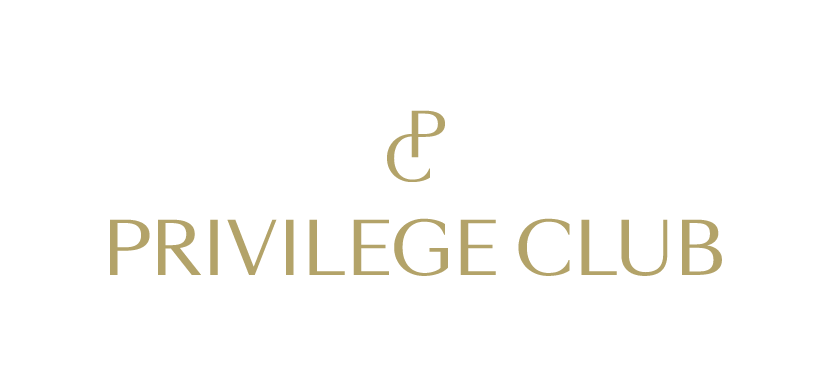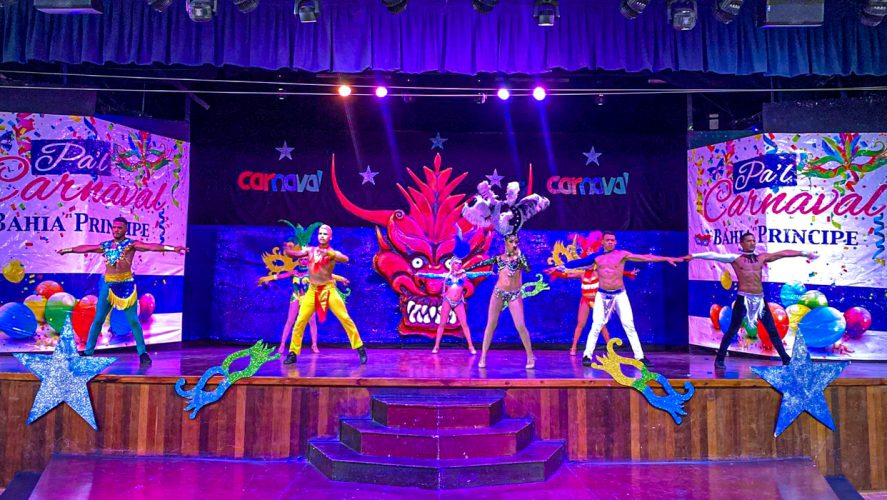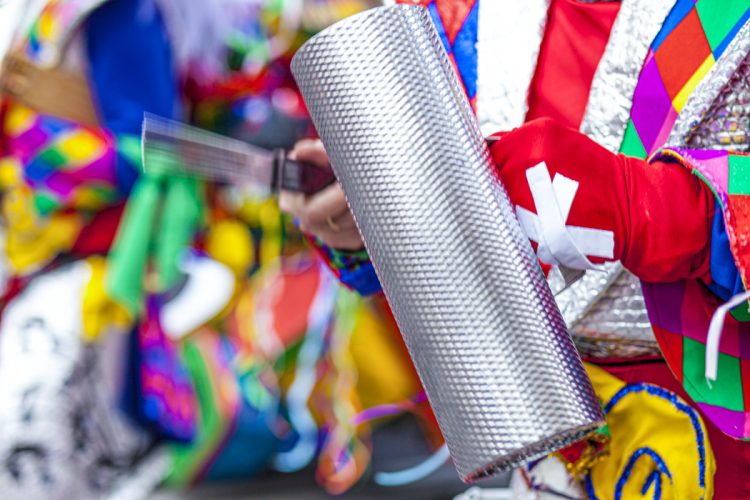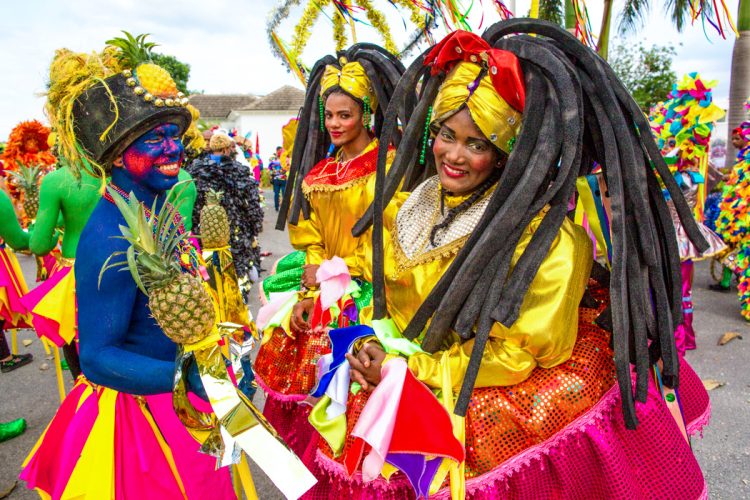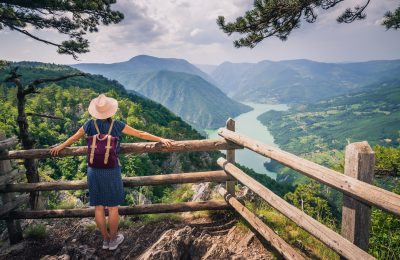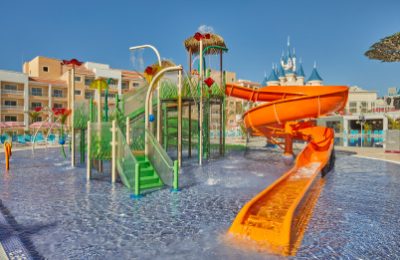Whether it is the end or the beginning of the calendar year, all 365 days provide reasons and motives to pack and go. Dance to the tunes of culture and history as you experience carnival in the Caribbean or spend Easter sunbathing on a beach of powdery sands.
Indulge in an all-inclusive vacation and get acquainted with the local festivities of the season. In many destinations Carnival in the Caribbean generally culminates on the day before Lent, but that doesn’t mean parties are over with.
Did you know? The celebration of the carnival is a conglomerate of inherited cultures, native traditions, and religious beliefs that ultimately celebrate freedom. Carnival as known nowadays is said to have originated in the 18th century in Trinidad & Tobago when the locals were finally free to celebrate one’s ownness.
In addition to being a beach lover’s galore, the Dominican Republic ups their game when it comes to celebrating Carnival. The traditional calypso music known in Trinidad & Tobago is adorned with intrinsic elements from the Dominican music scenery. Colorful costumes with feathers, sequins, mirrors, and whatnot are featured during parades, but so are several different other traditional garbs which represent African or Indigenous Taíno roots and tell tales of the previously enslaved folk. Over 20 different characters can be found in the typical Dominican carnival parade, the most emblematic being the Diablo Cojuelo, who is joined by the Califé, the Roba la Gallina, Los Indios, Los Africanos, Los Platanuses, and many others.
Although La Vega, found in the homonymous province, is the go-to destination and epicenter when it comes to carnival festivals, they take place every Sunday in February throughout the country, and all culminate on the first Sunday in March in capital city of Santo Domingo.
If you are traveling in Spring then you can still enjoy this Caribbean celebration in Jamaica, where the carnival takes place on Easter, contrary to other nearby destinations. Preparations often begin in December with soca classes, tailgate parties, concerts, and more.
Here’s a fun fact: Soca music is a genre of music defined as the “Soul of Calypso”, which has influences of African and East Indian rhythms. On the other hand, Calypso is a style of Afro-Caribbean music that originated in Trinidad and Tobago with rhythms that can be traced back to West Africa. What a way to summarize the diversity of cultures that can be found in the Caribbean alone!
Celebrated in Kingston, Ocho Rios, and areas nearby Montego Bay, the carnival features parades and concerts which take place on Easter Sunday and culminate on the following weekend. The Jamaican carnival is an explosion of tunes of soca, calypso, dancehall, and naturally, reggae music. All of them combined with food, costumes, rum, and dance. In the main event, the National Carnival Road March, thousands come together for the masquerade parade and competing masquerade, or “mas”, bands, which include Bacchanal Jamaica, Ochos Rios Carnival Band, Xaymaca International, and Xodus Carnival.
Other popular activities that take place during the Jamaica carnival are the International Kite Fest in St. Ann’s Bay and the Trelawney Yam Festival, in the parish found between Montego Bay and Runaway Bay.
Learn more about your favorite destinations by visiting the Concierge Recommends section. When traveling with Privilege Club, remember to tag your social media posts with #VacationAsYouAre. Don’t forget to follow and tag our Instagram and Facebook accounts.



